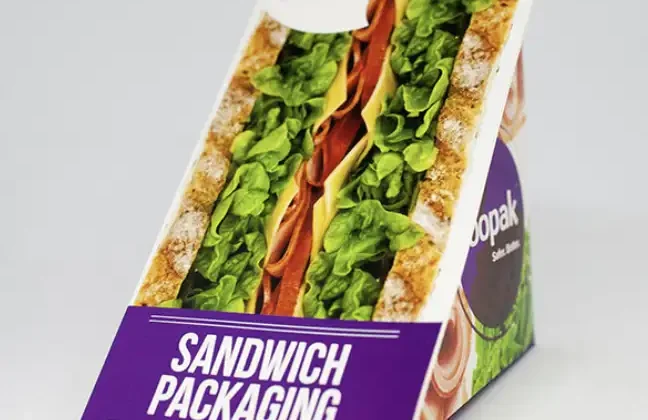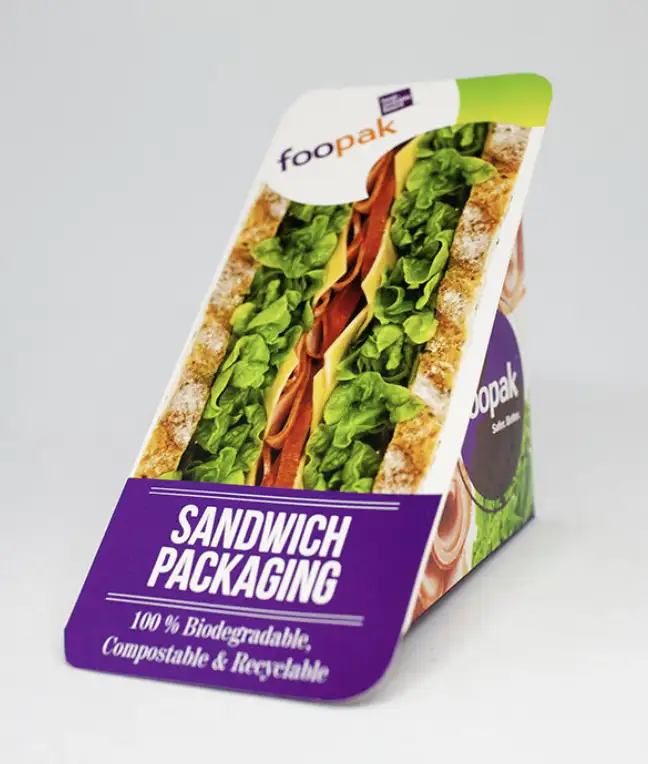
By Ian Lifshitz, vp of Sustainability and Stakeholder Relations, the Americas for Asia Pulp & Paper (APP) Sinar Mas
The world of packaging is in a constant state of change. Consumer environmentalism, government legislation and even COVID-19 have forced consumer retail brands to rethink and redesign their packaging. High demand for supply-chain transparency now is driving synergies among multiple players to work together in the creation of new sustainable packaging. The converter has a new, critical consultative role to play, transitioning from producer to a strategic advisor; monitoring consumer and industry trends, as well as new substrates; and providing long-term recommendations to its customers. This article will address some of the new sustainable dynamics of the packaging sector, including product development and packaging standards, along with full lifecycle requirements from sourcing to end-of-life. It will highlight the role of converters within this new way-of-thinking and their position as strategic advisors, sitting in the middle between paper producers and consumer brands.
Packaging typically is the first thing that attracts us to a product but the last thing we think about when the product is used. When it comes to foodservice applications, beyond the aesthetics, packaging is essential to keeping our food safe, maintaining flavor freshness and minimizing waste. It may be an afterthought, but in reality, it’s as important, if not more, than the food itself. Without packaging, it would not be possible to store, move or deliver the food.
The packaging market has shifted over the past several years, and quick-service restaurants (QSRs) and retailers alike are seeking newly legislated and consumer-demanded sustainable solutions. With year-over-year growth in the US, the sustainable packaging market is exceeding forecasted growth, expected to increase from nearly US$225 billion in 2018 to over US$310 billion by 2024. This is due largely to the plastic-free movement, with sustainable paper packaging in both the Fast-Moving Consumer Goods (FMCG) and food-delivery sectors replacing plastic. This market shift is creating significant opportunities throughout the value chain and expanding new opportunities for the circular aspects of paper-packaging products.
The Box Evolution

Both in-store and online, we are bombarded with messages such as “new & improved,” “advanced formula,” “natural,” “organic” and “fresh and hot.” While our focus is on what’s inside the box, we forget that the box itself is transforming (see Figure 1).
In a rare collaborative push, consumers, government and new technologies are driving industry change. Plastics, expanded polystyrene and excessive packaging are being eliminated, with consumers not only demanding but willing to pay more for sustainable packaging. More than half (54%) take sustainable packaging into consideration when selecting a product. Leading the dynamic shift, 83% of Millennials and Gen Zs report that they are willing to pay more for it. In 2020 alone, consumers drove 16.8% of FMCG acquisitions for sustainably packaged products. These products can somewhat easily increase revenue as price points run an average of 39.5% more than products that are not sustainably packaged.
It’s not enough for packaging just to catch a shoppers’ eye on the shelf. According to an Oct. 2020 McKinsey report [1], “Sustainability in packaging: Inside the minds of US consumers,” shoppers say the following packaging attributes are important or very important: 77% preference hygiene and food safety, 67% for product shelf life, 61% for ease of consumption and 43% are assessing the environmental impact of the packaging. This growing rate of adoption now has sustainable packaging at nearly 50% of the total attributes consumers are evaluating in the grocery aisle.
Sustainable packaging drivers
Over the past four to five years, both national and state governments in the US and Canada have legislated plastic bans along with new sustainable requirements being introduced into legislation at a rapid pace. In recent years, eight states in the US have banned single-use plastic bags – California, Connecticut, Delaware, Hawaii, Maine, New York, Oregon and Vermont. Of the eight, Maine and Oregon have this year enacted extended producer responsibility (EPR) fee legislation. In Canada, legislation and enforcement on banning of single-use plastics are in play, and the government currently is reviewing details around EPR schemes.
Worthy of noting, too, is the change that has been spurred by brand owners in the QSR space who continue to realize the growth of take-away. Many are striving to replace plastic with sustainable paper as more options become available in the market. They are, however, confronted by necessary performance requirements and the limitations of many of the new alternatives. The attributes they need for foodservice revolve around grease-proof, hot and cold beverages and food – a challenge to meet both sustainable values and product performance.
Innovation changing the box
Emerging, innovative coating technologies are being developed to solve the problems of traditional foodservice packaging. For example, water-based nano-chemistry can meet the demands of the market now. The use of this emerging technology has proven to replace coatings such as polylactic acid (PLA), which cannot withstand the heat of microwaving. Water-based coatings for cups, boxes and containers also can be curbside recycled and composted. This transformation now has expanded toward the FMCG space – and not just boutique brands. These companies are the latest in the “rethinking of the sustainable packaging movement,” and their changing specifications are helping fuel the expansion of sustainable alternatives.
Those who work in retail and in-store grocery, QSR, and the food and beverage industry know just how tough the competition can be. The right packaging that your consumers want truly can set a brand’s products apart from the rest of the field. Leveraging factors such as sustainable packaging to benefit the environment, packaging automation and increased efficiencies in supply-chain management – and proper messaging at the consumer level – will elevate brands, gain new customers and expand loyalty. These baseline factors are easy yet necessary steps in the right direction.
References

Ian Lifshitz, vp of Sustainability and Stakeholder Relations, the Americas for Asia Pulp & Paper (APP) Sinar Mas, is responsible for leading the company’s sustainability, media-relations and stakeholder-engagement programs across Canada, the United States and Latin America. He has more than 20 years of experience developing sustainability, public-relations and other stakeholder strategies for international companies, governments and non-profits, including expertise in managing issues and crisis-communication strategies for high-profile companies within the pulp and paper, packaging, retail and telco sectors. Ian can be reached at 905-450-2100, email: ian@appcanada.com, https://asiapulppaper.com/.

